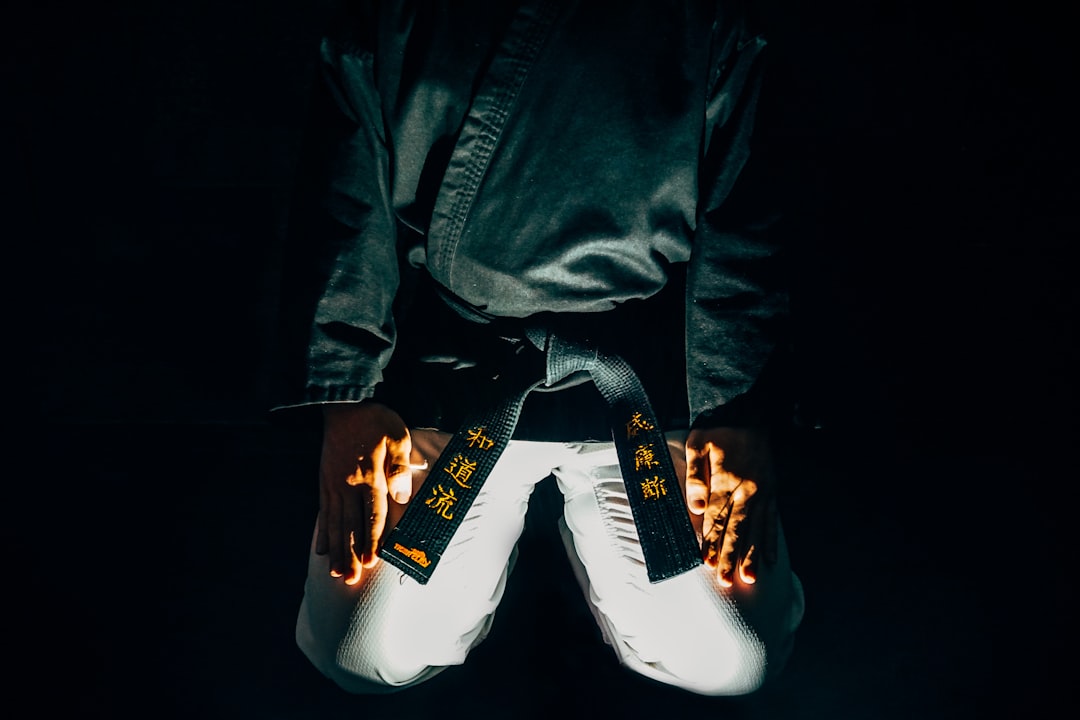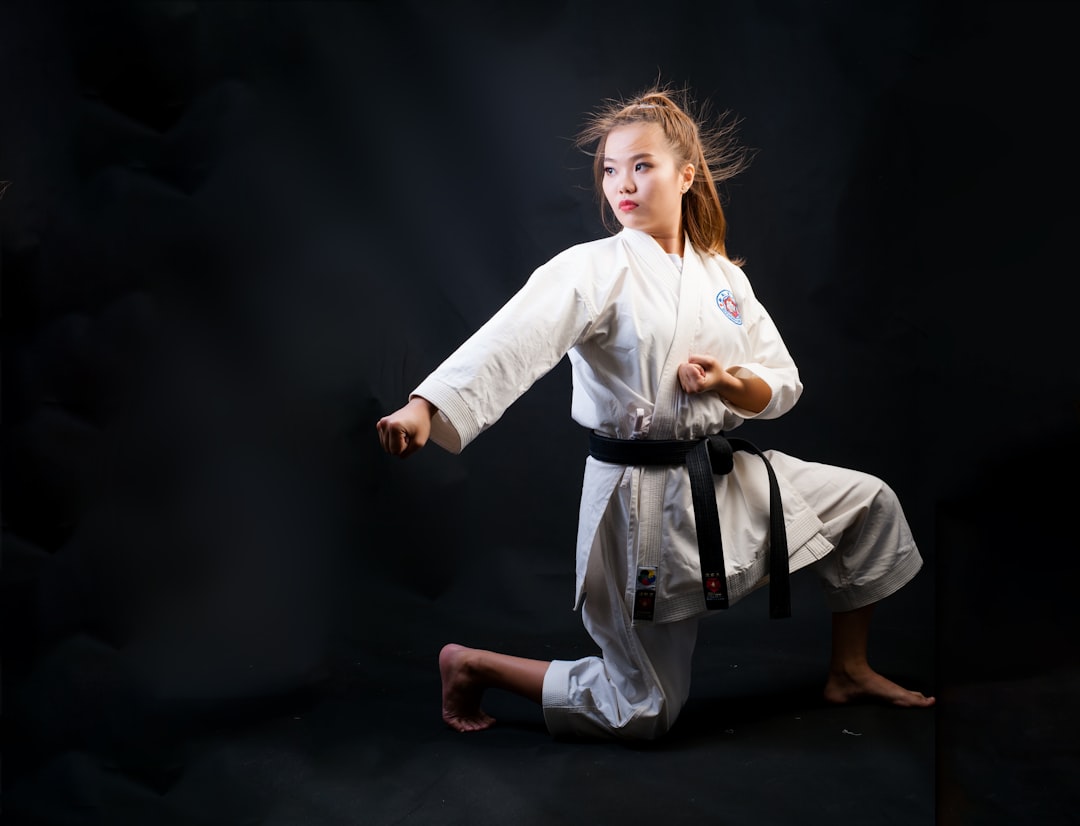The traditional karate uniform, known as a gi, is more than just a garment—it's a symbol deeply rooted in the discipline, honor, and tradition of karate. Comprising a jacket, trousers, and an Obi belt, the gi reflects the wearer's skill level through its varying belt colors. While originating from the judo uniform, the gi has been adapted to meet the specific demands of karate, with modern versions featuring reinforced areas for durability and improved sizing for comfort and mobility. The gi's color, traditionally white, signifies purity and humility. Despite design modifications to enhance performance, the core essence of the original gi remains intact, maintaining its status as a global standard in karate practice. The term "karate uniform name" universally identifies this essential attire across all styles and schools of karate, underscoring its consistent yet adaptable role within the martial art.
Discover the essence of traditional martial arts with an exploration of the karate uniform, commonly known as a gi. This article delves into the origins and evolution of this quintessential garment, shedding light on its significance in the practice of karate. From the fundamental elements that define a genuine gi to its transformation over time, we’ll uncover the key characteristics that make it an indispensable part of the discipline. Join us as we honor the tradition and practicality of the karate uniform through its name and beyond.
- Understanding the Karate Uniform: Gi Essentials and Its Significance
- The Evolution of the Karate Gi: From Traditional to Modern
- Key Characteristics of a Karate Uniform: Style, Material, and Practicality
Understanding the Karate Uniform: Gi Essentials and Its Significance

When engaging in the disciplined practice of karate, the uniform one dons is far more than a mere garment; it’s a symbol of respect and tradition. Known as a “gi,” this two-piece ensemble consists of a jacket and trousers, typically made of cotton or a similar light material. The top, or “jacket,” is often fastened with a belt, known as an obi, which also serves to hold the garment closed during practice. The trousers, called “hakama” when pleated and resembling a skirt, are standard issue for karatekas. The gi’s design allows for ease of movement, enabling practitioners to execute techniques with optimal range of motion. It also serves as a blank canvas for the display of belt ranks, marking the wearer’s progress and achievements within the martial art. Is the karate uniform simply a uniform, or does it hold deeper significance? Beyond functionality, the gi represents the discipline, honor, and tradition inherent in the practice of karate. It is a tangible link to the history and culture that have shaped this martial art over centuries.
The Evolution of the Karate Gi: From Traditional to Modern

The traditional karate uniform, commonly known as a gi, has undergone significant changes over time to meet the evolving needs of practitioners and to adapt to different cultural influences while maintaining its essence. Originally, the gi was a simple, white cotton garment modeled after the Japanese judo uniform, consisting of a jacket, trousers, and belt, known as an obi when tied around the waist. Over time, the design of the karate gi has been standardized to include specific features that are conducive to the movements and practices inherent in karate training. What is the name of the traditional karate uniform? The traditional karate uniform is named a “gi.”
Today’s karate gi reflects this evolution, with modern versions often featuring reinforcements at key stress points, such as the knees and elbows, to enhance durability during practice. Additionally, the sizing and cut of the modern gi have been tailored to provide a better fit for both men and women, ensuring comfort and ease of movement. The color white remains predominant, symbolizing purity and humility in martial arts practice. Are modern karate uniforms significantly different from their traditional counterparts? Modern karate uniforms have indeed evolved to include practical enhancements while retaining the iconic style and principles of the original design.
Key Characteristics of a Karate Uniform: Style, Material, and Practicality

When practicing the disciplined art of karate, the attire one wears is not arbitrary but a reflection of respect for tradition and functionality. A karate uniform, commonly referred to as a “Gi,” serves as a canvas that showcases the martial artist’s skill and commitment. The Gi typically consists of a jacket, trousers, and a belt, known as an Obi, which indicates the wearer’s rank. Key characteristics of a karate Gi include its style, material, and practicality, all of which are designed to facilitate movement and provide durability during practice or competition.
The style of a karate uniform is traditional, with a specific cut that is both standardized and universally recognized. It is characterized by straight-leg trousers and a top that buttons up the front, often with a loop for a belt at the waist. The material, traditionally cotton, offers breathability and comfort, allowing practitioners to move freely while absorbing sweat during intense training sessions. Moreover, the practicality of the Gi extends beyond its fabric; it is designed to be durable enough to withstand repeated use without tearing or losing shape, ensuring that it remains a suitable attire for all levels of karateka throughout their training journey. Is the name “Karate Gi” universally used across different karate styles and schools? Yes, the term “Karate Gi” is indeed the universal name for the traditional martial arts uniform worldwide, regardless of the specific style of karate being practiced. Does this uniform vary in design or material among different karate styles or schools? While the basic design and functionality of a Karate Gi remain consistent across various styles, some schools or instructors may prefer different materials, such as lightweight polyester for higher performance or heavier cotton for traditional authenticity.
In conclusion, the karate uniform, commonly known as a gi, serves as both a traditional garment and a symbol of respect within the martial arts community. Its origins trace back centuries, and while its style has evolved to adapt to modern needs and aesthetics, its fundamental elements remain intact. The gi’s design, consisting of a jacket, trousers, and belt, not only facilitates the practice of karate by allowing for ease of movement but also underscores the discipline and commitment inherent in this martial art. Understanding the karate uniform’s name and significance enhances one’s appreciation for its role in the sport. As a final note, whether engaging in practice or competition, the karate uniform remains an essential element of the martial artist’s attire, reflecting both tradition and functionality.
